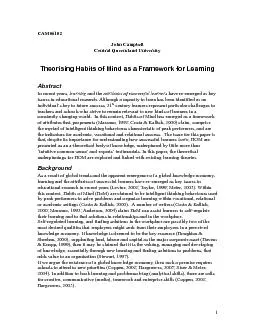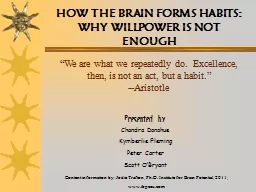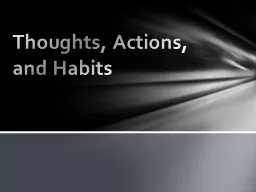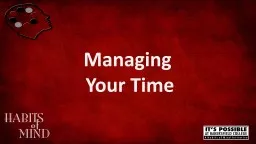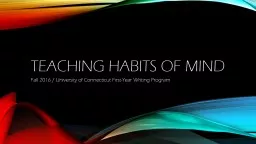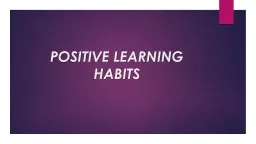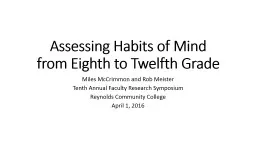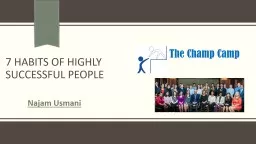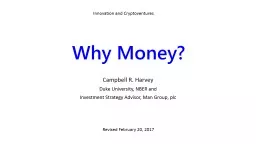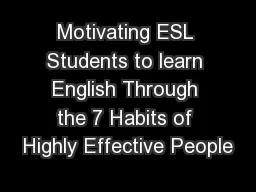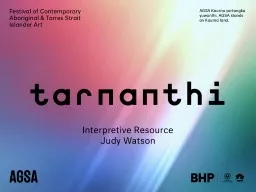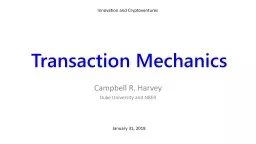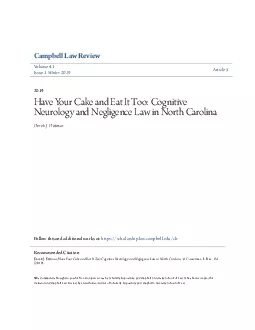PDF-CAM06102 John Campbell Central Queensland University Theorising Habits
Author : test | Published Date : 2015-11-14
Combined with a call for the teaching of such entrepreneurial skills some question the relevance of current educational practice As an alternative to current practice
Presentation Embed Code
Download Presentation
Download Presentation The PPT/PDF document "CAM06102 John Campbell Central Queenslan..." is the property of its rightful owner. Permission is granted to download and print the materials on this website for personal, non-commercial use only, and to display it on your personal computer provided you do not modify the materials and that you retain all copyright notices contained in the materials. By downloading content from our website, you accept the terms of this agreement.
CAM06102 John Campbell Central Queensland University Theorising Habits: Transcript
Download Rules Of Document
"CAM06102 John Campbell Central Queensland University Theorising Habits"The content belongs to its owner. You may download and print it for personal use, without modification, and keep all copyright notices. By downloading, you agree to these terms.
Related Documents

